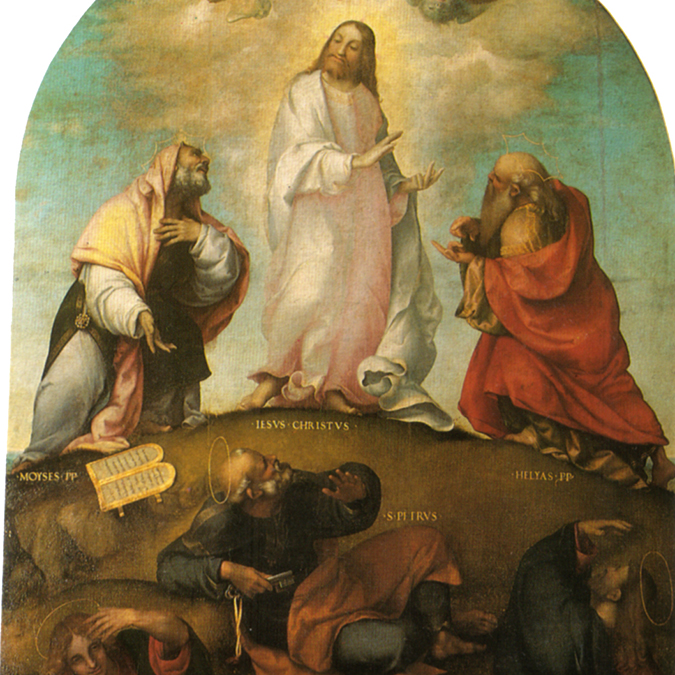
Lorenzo Lotto, Transfiguration of Christ
Lorenzo Lotto, Transfiguration of Christ: Pigment analysis of the painting of the Gospel episode painted in 1510–1512.

Lorenzo Lotto, Transfiguration of Christ: Pigment analysis of the painting of the Gospel episode painted in 1510–1512.
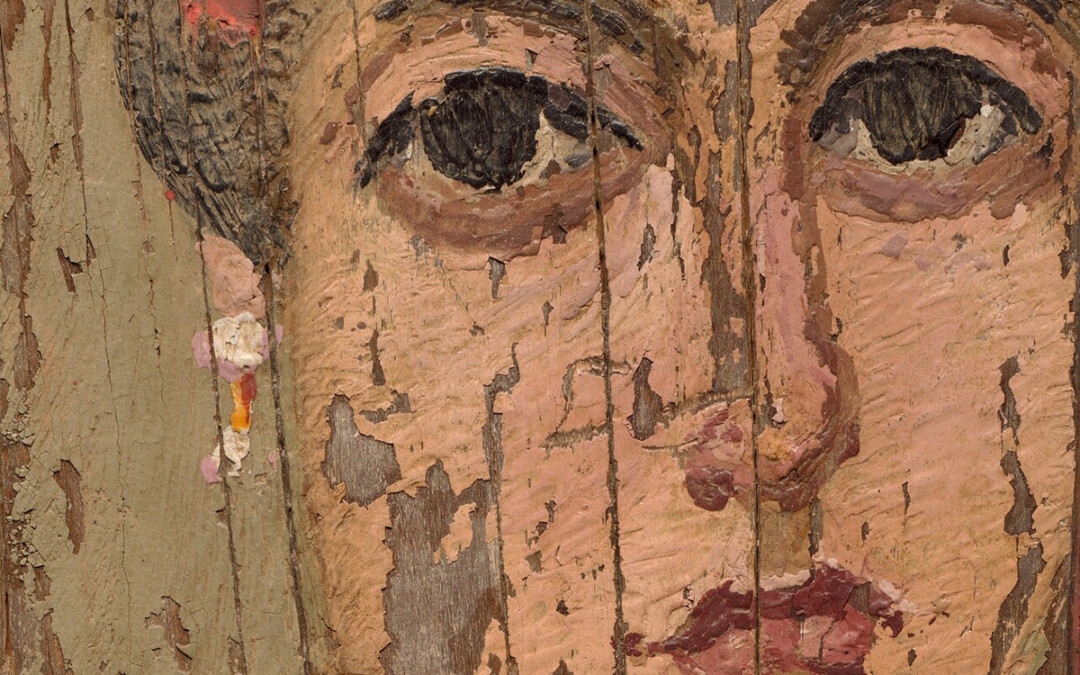
Fayum mummy portrait of a woman is a work of art executed in encaustic technique on wood which has been created around 2nd century A.D.

Renoir, Woman tying her shoe is one of the last paintings by Renoir. The pigment analysis gives insight into artist’s painting technique.
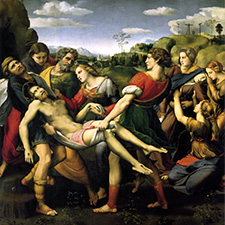
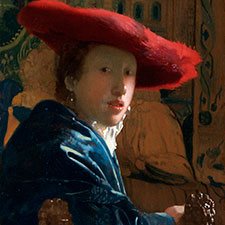
Johannes Vermeer, ‘Girl with a Red Hat’ is one of the two Vermeer’s paintings painted on a wooden panel and is his smallest but one of his most beloved works.

Johannes Vermeer, ‘The Concert’ is one of the several paintings depicting domestic scenes with the protagonists engaged in playing musical instruments.
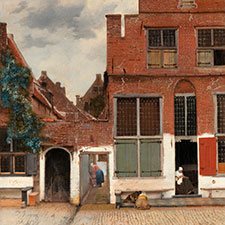
Vermeer, ‘A little street’ is an unusual painting in Vermeer’s work and also in its time showing an unspectacular line of ordinary houses.
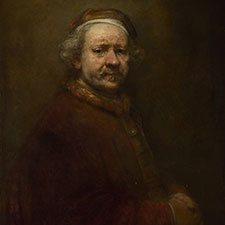
Rembrandt, Self-Portrait at the Age of 63 shows the painter in the last year of his life as an old man but still fully confident and self-assured.
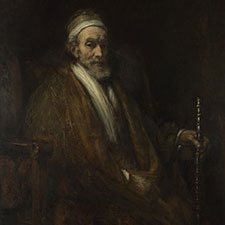
Rembrandt, Portrait of Jacob Trip and its companion portrait of his wife Margaretha de Geer are examples of Rembrandt’s popularity as a portrait painter in the last decade of his life. The family of the Dordrecht merchant Jacob Trip was one of the richest in Holland.
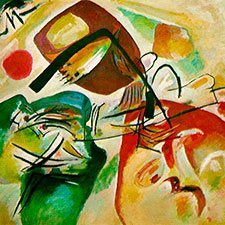
Kandinsky, With a black Arch: In this large abstract, three discrete areas of colour laid out in triangular fashion are held in tension by an inflected line
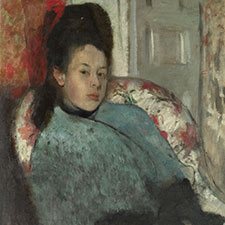
The pigment analysis of this portrait reveals a limited palette of vermilion, emerald green madder lake and black.
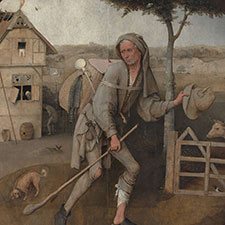
‘The Wayfarer’ was part of a triptych which was later dismantled. The interpretation of the painting is subject to intense discussion.

An extensive collection of information on the pigment analysis and other artistic and technical aspects of Hieronymus Bosch, The Last Judgement.

An extensive collection of information on the pigment analysis and other artistic and technical aspects of Hieronymus Bosch, The Adoration of the Magi.
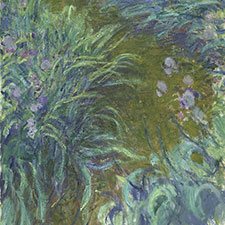
The large painting on luminous ground was painted with thick brush strokes. Monet’s palette is characteristic of this late period and contains pigments such as cobalt blue, cobalt violet, viridian, cadmium yellow and cadmium orange.
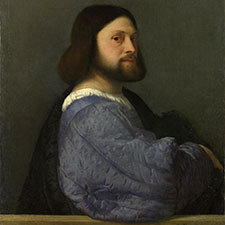
The pigment analysis reveals an elaborate structure of the quilted and padded sleeve consisting of red and blue layers.
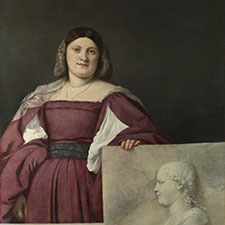
The pigment analysis reveals a very elaborate and refined structure of the purple dress consisting of interspersed blue and red layers.

The pigment analysis reveals a very extensive palette typical of the Renaissance period and also Titian’s elaborate painting technique.
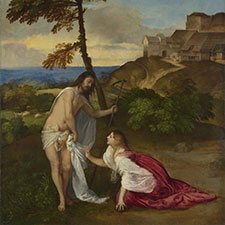
Titian, Noli me tangere is a depiction of the encounter of Christ and Magdalen. The pigment analysis underscores Titian’s masterful handling of colour.

Illustrated pigment analysis describing a rich palette of well known pigments such as vermilion, verdigris and ochres and also the rare orpiment.
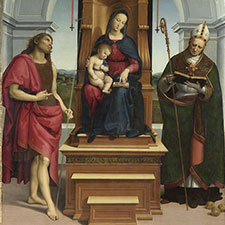
The pigment analysis shows a rich palette of Renaissance pigments including ultramarine, verdigris and the very rare powdered metallic bismuth.

The pigment analysis shows a rich palette of Raphael’s usual pigments such as ultramarine, azurite, lead-tin yellow and ochres.
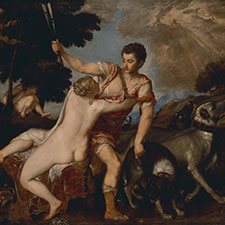
Titian, Venus and Adonis: Exhaustive and illustrated pigment analysis of Titian’s masterpiece depicting a Greek myth.

Rubens, The Gerbier Family: The thorough investigation and pigment analysis have answered several important questions concerning this painting.
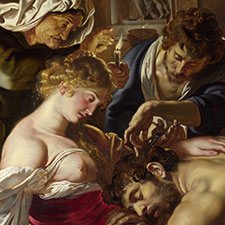
Rubens, Samson and Delilah: One of the most elaborate rendering of draperies in painting. The red robe of Delilah is painted predominantly in carmine.
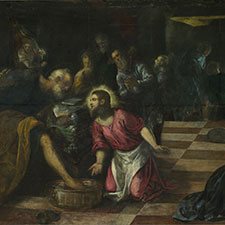
Tintoretto’s interpretaion of the biblical scene in bright colours which have now faded considerably. Main pigments are red lake, ultramarine and orpiment.
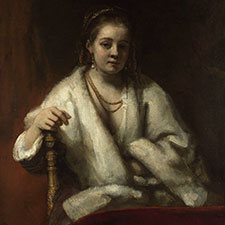
The pigment analysis of the ‘Portrait of Hendrickje Stoffels’ reveals unusual use of colour and the X-ray analysis shows the original pose of the sitter.
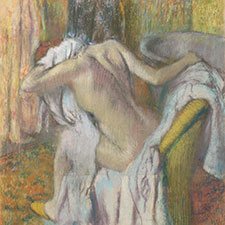
After the Bath: The pigment analysis of this painting by Degas shows an extraordinary rich palette of commercially available pastel pigments mixtures.
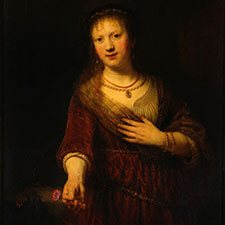
Saskia van Uylenburgh as Flora: the illustrated pigment analysis helps us understand how Rembrandt contrasted light and the dark but still colourful background.
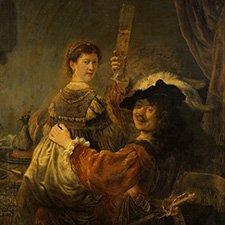
Self-portrait with Saskia: the illustrated pigment analysis reveals Rembrandt’s ingenious painting technique and his masterful handling of the medium.
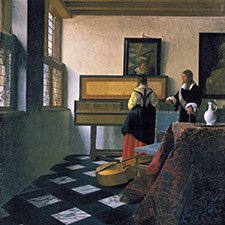
‘The Music Lesson’ is Vermeer’s mature work painstakingly composed and executed. The lady turns her back on the viewer but her head is reflected in a mirror.
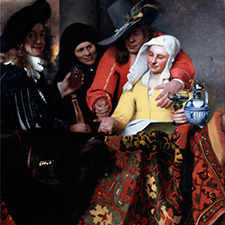
‘The Procuress’ is Vermeer’s first genre painting dominated by two colors: red in the man’s jacket and yellow in the woman’s tunic.
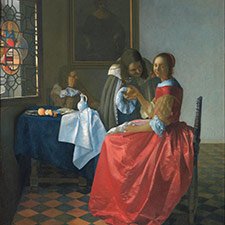
The ‘Girl with a Wineglass’ is one of two Vermeer’s paintings showing a lady being offered a glass of wine by a gentleman with amorous intentions.
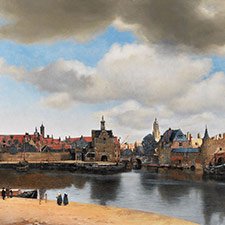
‘View of Delft’ by Vermeer is one of the most famous and beloved city views in western art. The harmony of the composition and the tranquillity are unique.
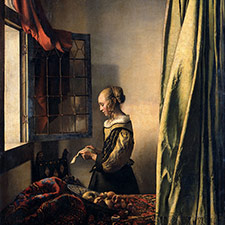
‘A lady reading a letter’ is Vermeer’s early painting and one of his first household scenes dominated by subtle light and seemingly stopped time.
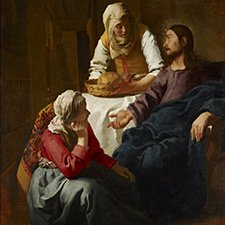
Pigment analysis of ‘Christ in the House of Martha and Mary’ reveals Vermeer’s masterful handling of colour. One of the rare examples of uses of indigo.
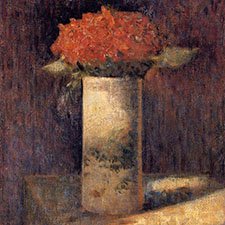
‘Vase of Flowers’ is Seurat’s sole still life with prominent brushwork and complex painting technique resulting in a shimmering appearance.

Pigment analysis of Cima’s ‘The Incredulity of Saint Thomas’ reveals the use of the usual Renaissance pigments applied in a very elaborate manner.
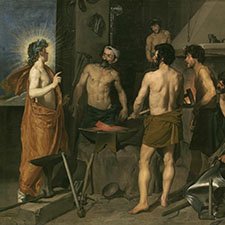
Velázquez used a limited choice of pigments to depict this antique myth of Apollo visiting Vulcan in his forge to tell him about his adulterous wife.
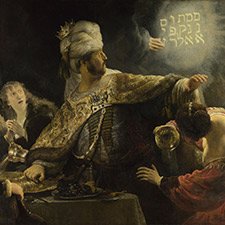
Rembrandt’s depiction of a story from the Old Testament about the blasphemy of the Babylonian king and his punishment by God.
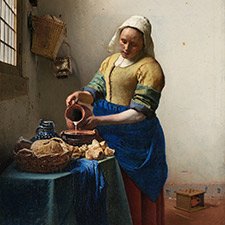
The pigment analysis of ‘The Milkmaid’ reveals the painting technique behind Vermeer’s masterful rendition of surfaces such es the whitewashed wall.
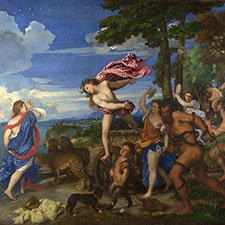
Titian, ‘Bacchus and Ariadne’. A classic story of love and deceit depicted by one of the greatest Italian painters of high renaissance.